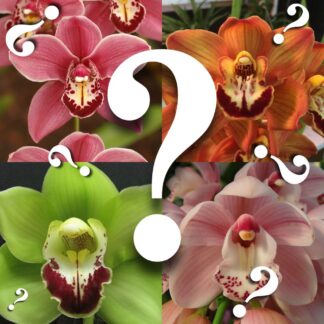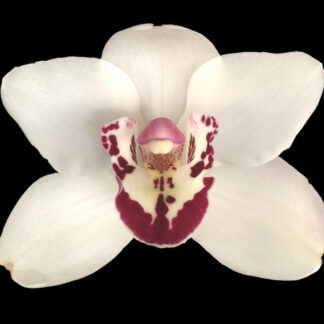Description
IMPORTANT NOTE: these plants are NOT IN BUD/BLOOM when shipped. PLEASE look at all the pictures in this listing so you know the condition/size of plant you’ll be getting.
Cymbidium Morning Sunshine
IMPORTANT NOTE: these plants are NOT IN BUD/BLOOM when shipped. PLEASE look at all the pictures in this listing so you know the condition/size of plant you’ll be getting.
Claude Monet is one of the best-known of the Impressionist painters and was also known as the painter of light. In fact, he inadvertently gave the Impressionist art movement its name when the catalog of an art show exhibiting his work needed a name for a painting of the harbor of his home town. ‘Call it Impression, sunrise’, he said. This particular work from 1874 shows a peculiar, interesting characteristic that reflects Monet’s mastery of light and color. In the painting, the orange sun in the morning haze draws the observer’s eye immediately; the fog, the ships, the clouds are still shadowy. But a fascinating thing happens if you take a black-and-white photo of the painting: the sun practically disappears! (You can do this by looking up a picture of this painting online, downloading it, and then using a picture viewing program to desaturate the picture.) The reason the sun disappears is the colors around the sun have the same luminance (i.e., the same amount of light coming from the clouds and fog as from the sun itself in the painting).
The effect of the light is the key to appreciating much of Monet’s work, and the same is true for appreciating a flower’s blooms. The time of day and lighting conditions can make a huge difference in how one perceives the color of the blooms, and the effect it has on the viewer. Natural sunlight is generally the best for viewing orchid flowers, probably early in the morning; mid-day sunlight may be too bright, and late afternoon may be too red. Morning sun is probably best — and perhaps Monet would agree?
Cymbidium Morning Sunshine blooms out an orange color about the same as the sun in Monet’s ‘Impression, Sunrise’ (1874). When this orchid blooms for you, look at it in the early morning, and appreciate the effect of the light on its blooms.
ABOUT CYMBIDIUMS AND WHY THEY’RE GREAT
Cymbidium orchids are one of the most popular orchid types grown in the world.
Many excellent qualities make them favorites in the flower world:
COLORFUL FLOWERS — Breeders have done an excellent job producing an incredible variety of colors. Colors, spots, splashes: cymbidium blooms have them all.
SHOWY FLOWER SPIKES — Some types hold their spikes erect with big, round flowers and others produce pendulous spikes with graceful arching flowers.
LOTS OF FLOWERS — Some varieties can have 30+ flowers on a single spike! Most modern hybrids have at least ten.
LONG-LASTING BLOOMS — Many modern Cymbidium blooms stay open for two months (or more!).
EASY TO GROW — I usually recommend using reverse osmosis/rainwater/distilled water on orchids when possible, but Cymbidiums don’t seem to need it. They grow outside in non-freezing zones and are used as landscape plants and get the same water as all the other plants. (Of course, using RO/rainwater/distilled doesn’t hurt!)
EASY TO BLOOM — Cymbidiums are not fussy about blooming. They bloom regularly year after year, unlike a lot of other orchids who take up room and board but don’t bloom or do much else! Sort of like kids these days.
HARDY — A mature Cymbidium is a beast of plant. Big, tough bulbs, and thick, stiff leaves make them tough plants that can handle a lot. No shrinking violets, these!
HOW TO GROW THIS CYMBIDIUM
Cymbidium orchids are among the easiest orchids to grow. They grow well in chunky orchid bark (fir bark typically), or thoroughly rinsed coconut husk. Avoid overpotting (i.e., putting the plant in a pot that is too big) — select a pot that is not too snug but also leaves room for growth. Make sure your pot has drainage holes at the bottom. Water twice per week, and fertilize lightly every week or so with any balanced fertilizer. For smaller plants, avoid frost; larger plants can handle near freezing temperatures, but do not leave outside if you grow in an area that gets snow. For blooming size plants (usually three growths/bulbs), allow the plant to experience cooler temperatures (in the 40s F) to set the bud the following season. Larger plants can handle bright light, but younger plants should be grown in bright shade or allowed to receive diffuse light.




